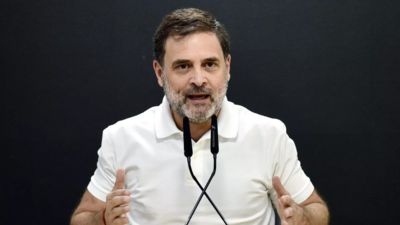HORSESHOE BEACH, Fla. (AP) — It was just a month ago that Brooke Hiers left the state-issued emergency trailer where her family had lived since Hurricane Idalia slammed into her Gulf Coast fishing village of Horseshoe Beach in August 2023. Hiers and her husband Clint were still finishing the electrical work in the home they painstakingly rebuilt themselves, wiping out Clint’s savings to do so.
They never will finish that wiring job. blew their newly renovated home off its four foot-high pilings, sending it floating into the neighbor’s yard next door. “You always think, ‘Oh, there’s no way it can happen again’,” Hiers said.
“I don’t know if anybody’s ever experienced this in the history of hurricanes.” For the third time in 13 months, this windswept stretch of Florida’s Big Bend took a direct hit from a hurricane — a one-two-three punch to a 50-mile (80-kilometer) sliver of the state’s more than 8,400 miles (13,500 kilometers) of coastline, first by Idalia, then Category 1 Hurricane Debby in August 2024 and now Helene. Hiers, who sits on Horseshoe Beach’s town council, said words like “unbelievable” are beginning to lose their meaning.
“I’ve tried to use them all. Catastrophic. Devastating.
Heartbreaking ...
none of that explains what happened here,” Hiers said. The back-to-back hits to Florida’s Big Bend are forcing residents to reckon with the true costs of living in an area under siege by storms that researchers say are becoming s.


















